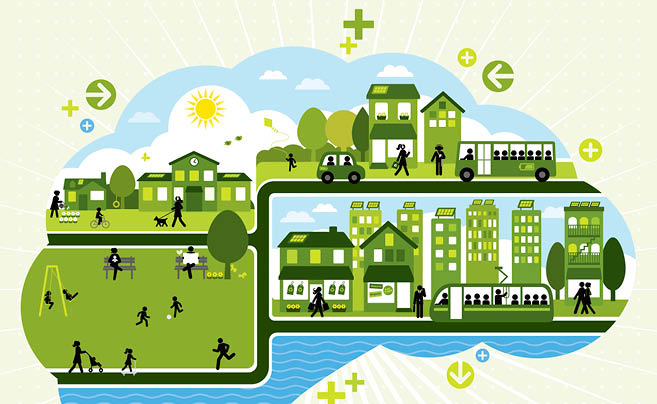Business leaders are critical partners in developing collective impact. They are uniquely positioned to partner with the community to solve ‘wicked problems’ like housing affordability, domestic violence and neglected children. However, building community is not only beneficial to society, but it also helps to strengthen a company’s image and brand.
Business leaders who are close to their community are often sought out to contribute as board members, advisors and key partners to make a sustainable difference and create opportunities for their staff to engage as volunteers.
They also help by donating products, facilitating training or workplace placements, and enable staff to work alongside people in need. At the same time, working with community adds to their brand and public image.
The impact that business can make is well described in the Stanford Social Innovation Review, which states that, “… collective impact initiatives involve a centralized infrastructure, a dedicated staff, and a structured process that leads to a common agenda, shared measurement, continuous communication, and mutually reinforcing activities among all participants.”
Examples of current business and community initiatives
The Collective NSW
Eugene McGarrell, a leader with Family and Community Services NSW Govt, is strategically facilitating partnerships between business and the community through The Collective NSW, which was set up as a backbone service dedicated to the coordination and collaboration between business, education, community and government services involved in projects with vulnerable communities. The Collective NSW works in partnership with the Design Institute and the University of Technology, Sydney (UTS), and adopts methods of design thinking with community and stakeholders to define the problem, design and test solutions and scale up solutions that work. Examples of local solutions include the creation of a tenant run wellbeing centre at a housing estate to reduce the number of ambulance call outs, and a community led “Family Violence Stops Here” group run by a local Pacific Islander community.
The Newpin Bond
The Newpin bond, created in 2013, is a seven-year, $7 million pilot program run by UnitingCare, aims to restore children to their families from out-of-home care, or prevent them from entering care in the first place, through creating safe family environments. As Australia’s first social benefit bond it has helped return 66 children in care to their families, resulting in an 8.9 per cent per annum return to investors, according to second year financial results.
The Benevolent Society
The Benevolent Society is delivering a social benefit bond based on $10 million raised in partnership with CBA, Westpac and the NSW Government to create a new program called ‘Resilient Families.’
Homes for Homes
Steven Peerson, CEO of the Big Issue, is working to change the landscape of housing opportunities though Homes for Homes, “…an initiative that will help raise an ongoing supply of new funding for social and affordable houses. Under this voluntary scheme, homeowners and other property stakeholders such as developers and banks have the opportunity to make a tax deductible donation of 0.1 per cent of their property price, at the time they sell.” Developers such as Grocon and Capital Estate Developments are engaging with Homes for Homes and leading a change in the housing provision landscape that will be good for the community and good for business.





